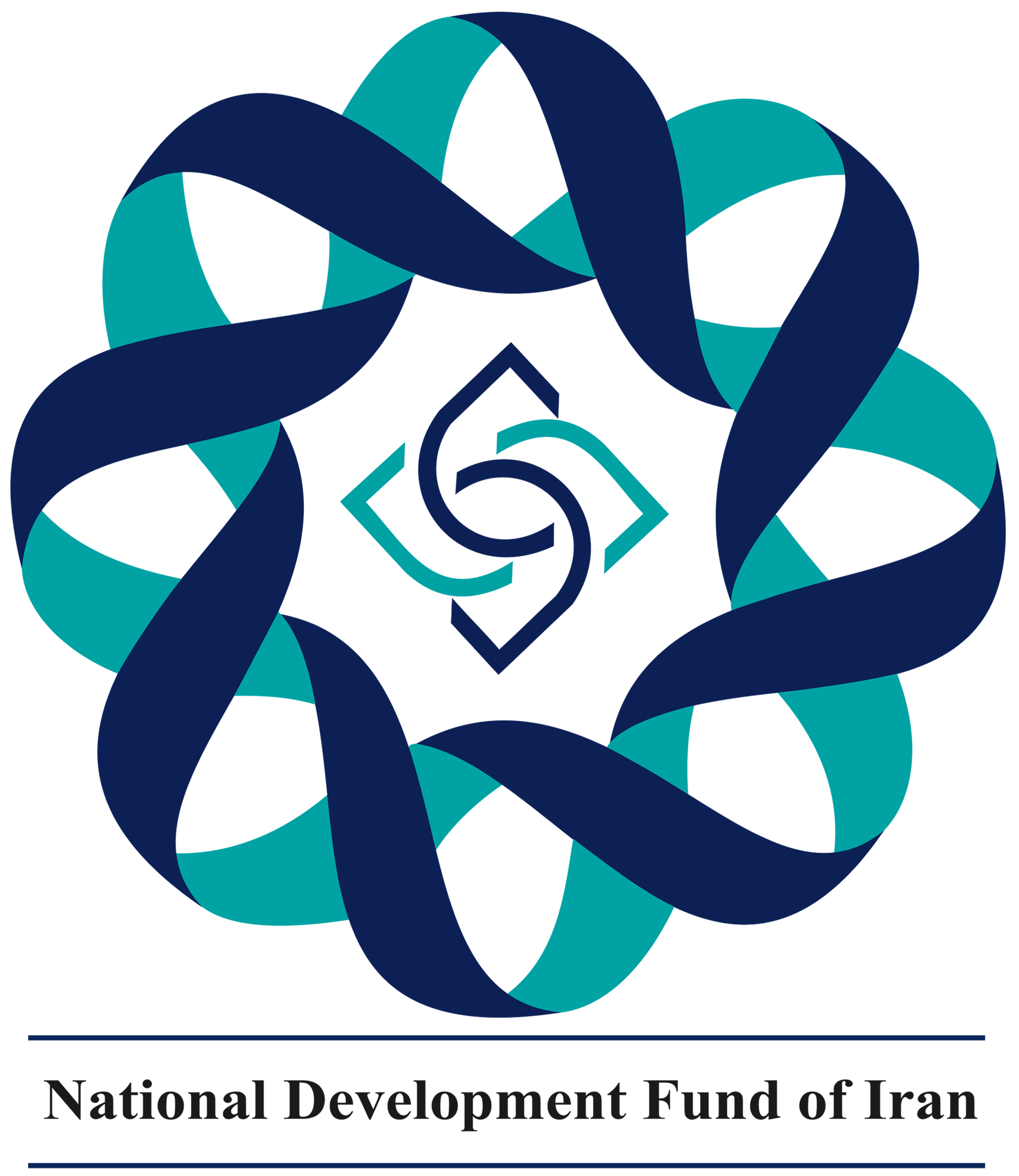Sovereign wealth funds (SWFs) are state-owned investment funds created by resource-rich countries with the aim of investing surplus revenues in long-term development projects at home and/or joining major economic ventures in stable parts of the world with the aim of securing the wellbeing of future generations.
The National Development Fund of Iran (NDFI) is a sovereign wealth fund. It was founded in 2011 to supplement the Oil Stabilization Fund. NDFI is independent of the government budget. Based on Article 84 of the Fifth Five-year Economic, Social and Cultural Development Plan (2011–2016), the NDFI was established to help transform oil and gas revenues into productive investment for future generations.
As per law, 20% of oil income is transferred to the fund and this amount should increase 3% annually until the end of the plan period. However, ever since birth the NDFI has experienced fluctuations in its revenues. The steep decline in international oil prices since last summer has further undermined the fund’s viability and survivability. With oil having lost almost 60 percent of its value in the plummeting international market, the NDFI and other such funds apparently face a bleak future.
Meanwhile, some economic experts point out that the NDFI has drifted away from its initial objectives and turned into a “piggy bank for the government to dip into as and when it wishes.”
The key issue of NDFI transparency resurfaced recently, after it had been repeatedly raised during the administration of former president Mahmoud Ahmadinejad, generating huge controversy and public debate over the government’s access to and authority over the fund. The Central Bank of Iran (CBI) governor, Valiollah Seif addressed the subject at a conference last winter, calling on those responsible to improve and augment the fund’s transparency, namely incoming and outgoing amounts. He said loans offered by the NDFI must only be in foreign currency and that the recipients should not and cannot exchange the foreign currencies into rial in the domestic markets.
Noting that as per amendments to Article 84 of the fifth plan, some sectors including water, agriculture, natural resources and the environment, as well as the non-government industries and mine sectors - except for housing - are granted limited loans from NDFI in national currency, he noted that if this trend continues, “the NDFI will turn into an instrument for current expenditures, failing to build savings for future generations.”
Ten Principles
The Sovereign Wealth Fund Institute or SWF Institute, or SWFI, is a global corporation which analyzes public asset owners such as sovereign wealth funds and other long-term government investors. The SWFI came out with the Linaburg-Maduell Transparency Index in 2008. It is a 10-point scale based on ten principles of transparency, each adding one point to the index rating. The index is an ongoing project of the Sovereign Wealth Fund Institute. The minimum rating a fund can receive is 1; however, the SWFI recommends a minimum rating of 8 in order to claim adequate transparency.
According to the latest rankings published by the SWFI in the third quarter of 2014, countries such as Chile, United Arab Emirates, Singapore, Ireland, Azerbaijan, Australia and Norway have the highest transparency rating of 10, whereas countries such as Venezuela, Algeria, Brunei and Mauritania with only 1 point are among the least transparent.
Iran has scored 5 points in the Linaburg-Maduell Transparency Index, a relatively low transparency point considering the fact that the institute recommends a minimum rating of 8 for adequate transparency. The institute has estimated total NDFI assets at $62 billion, making it the 23rd sovereignty wealth fund among other countries that posses such funds. The Norway government’s pension fund has the maximum assets with $893 billion. Abu Dhabi Investment Authority with $773 billion and Saudi Arabia’s SAMA Foreign Holdings at $757 billion hold the second and third positions in terms of total assets.


